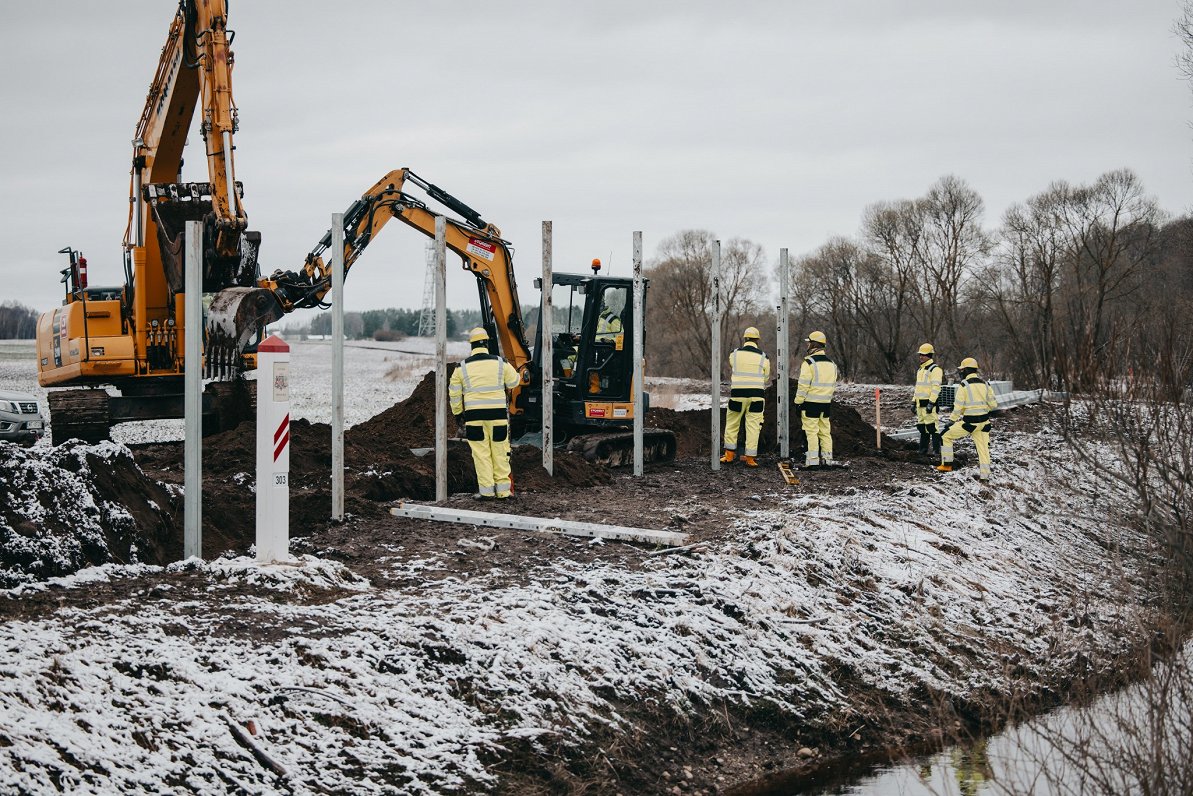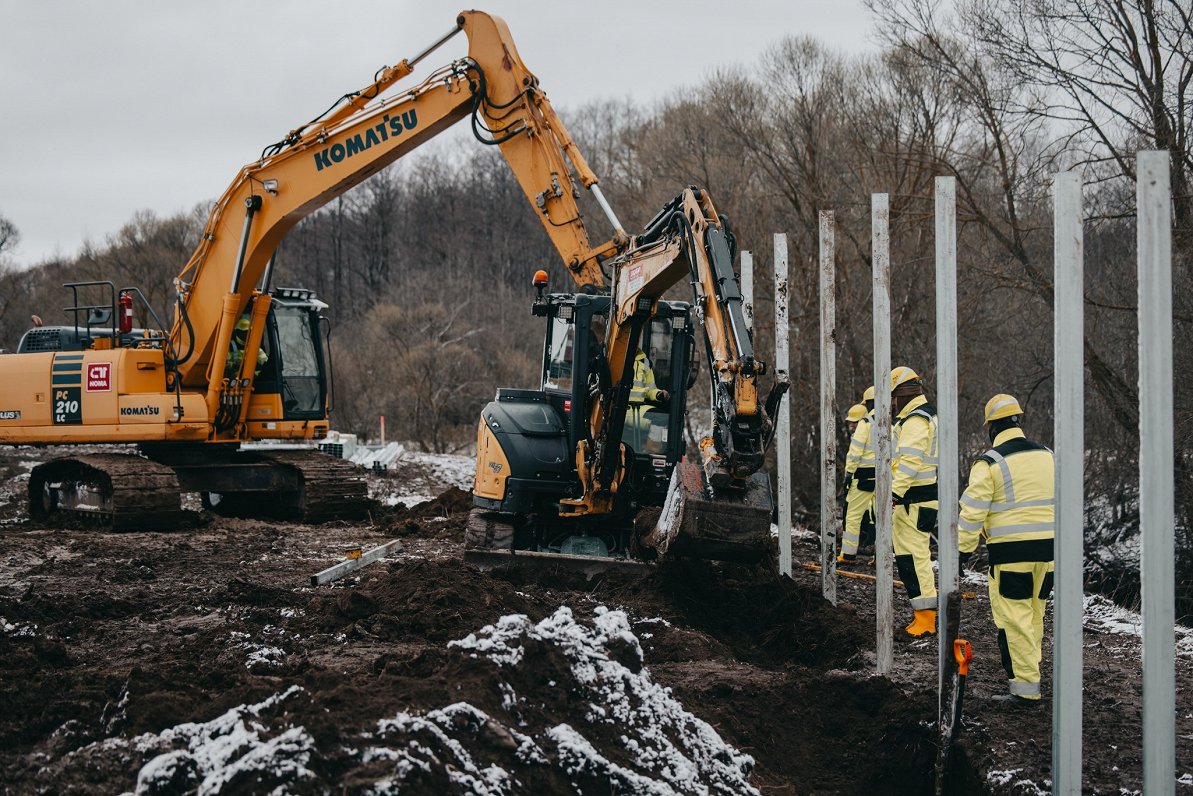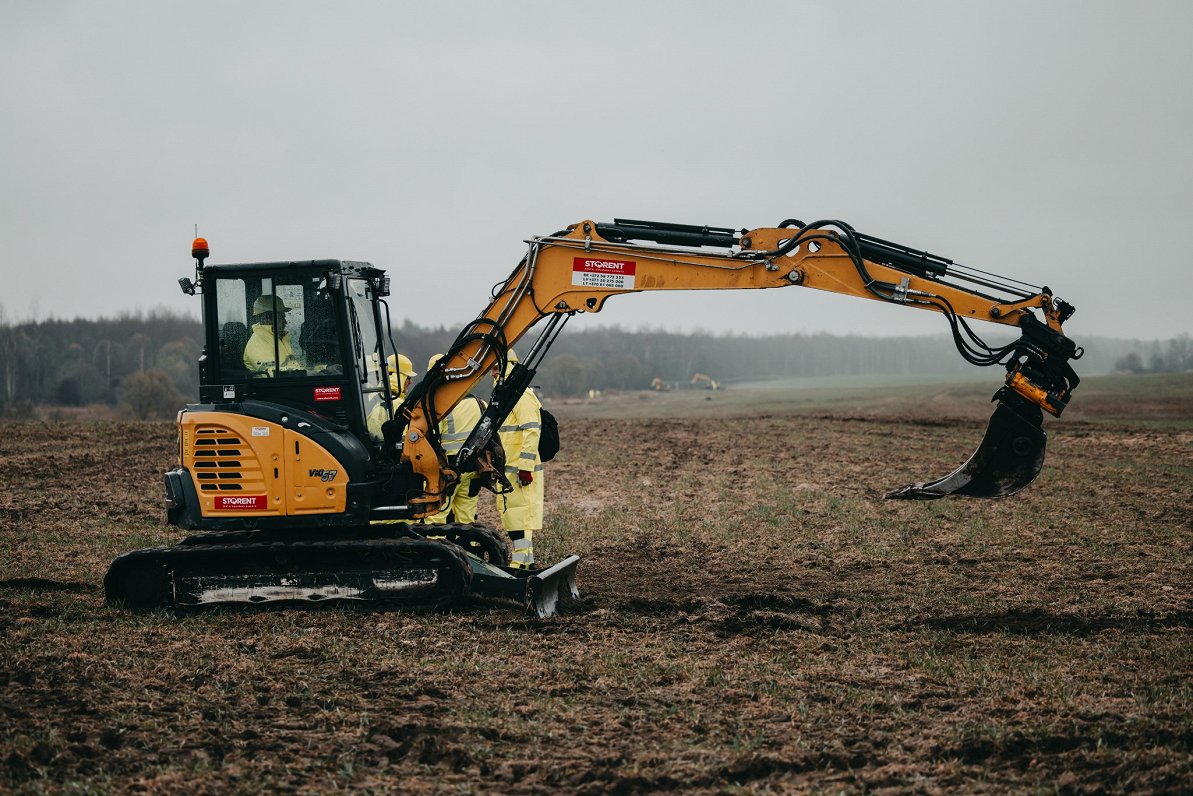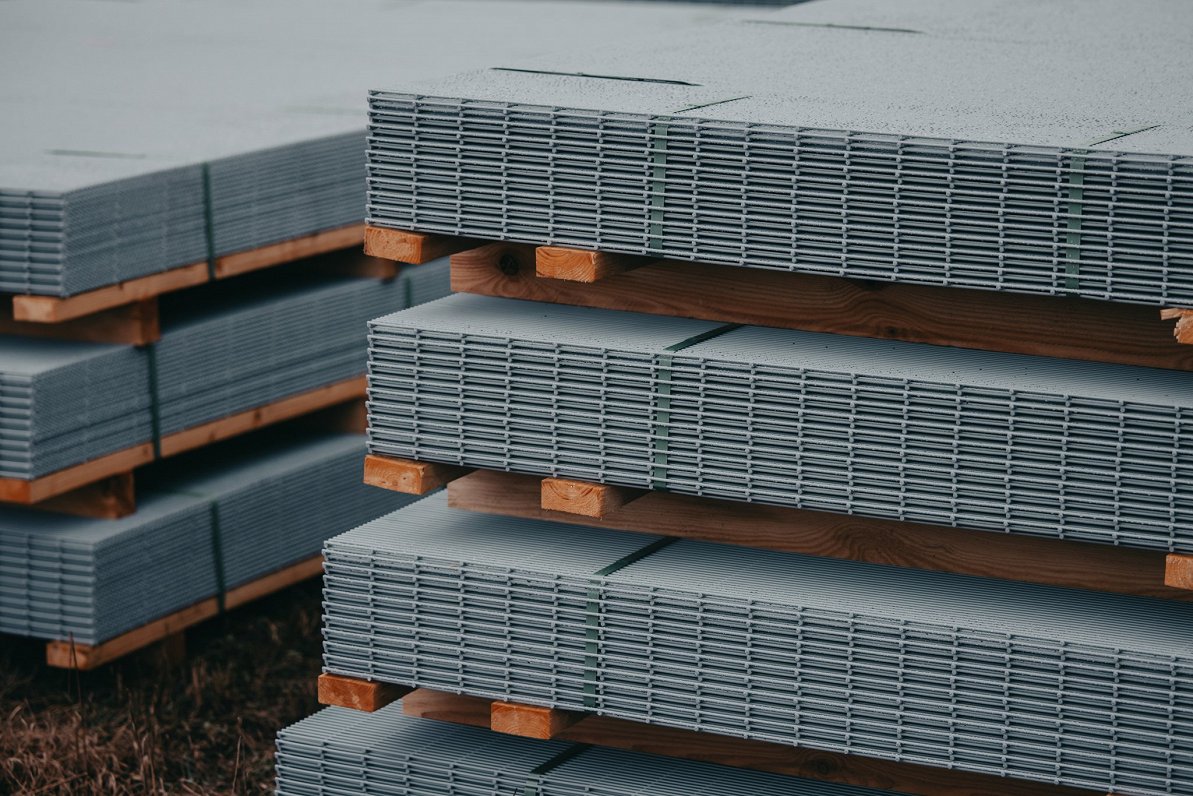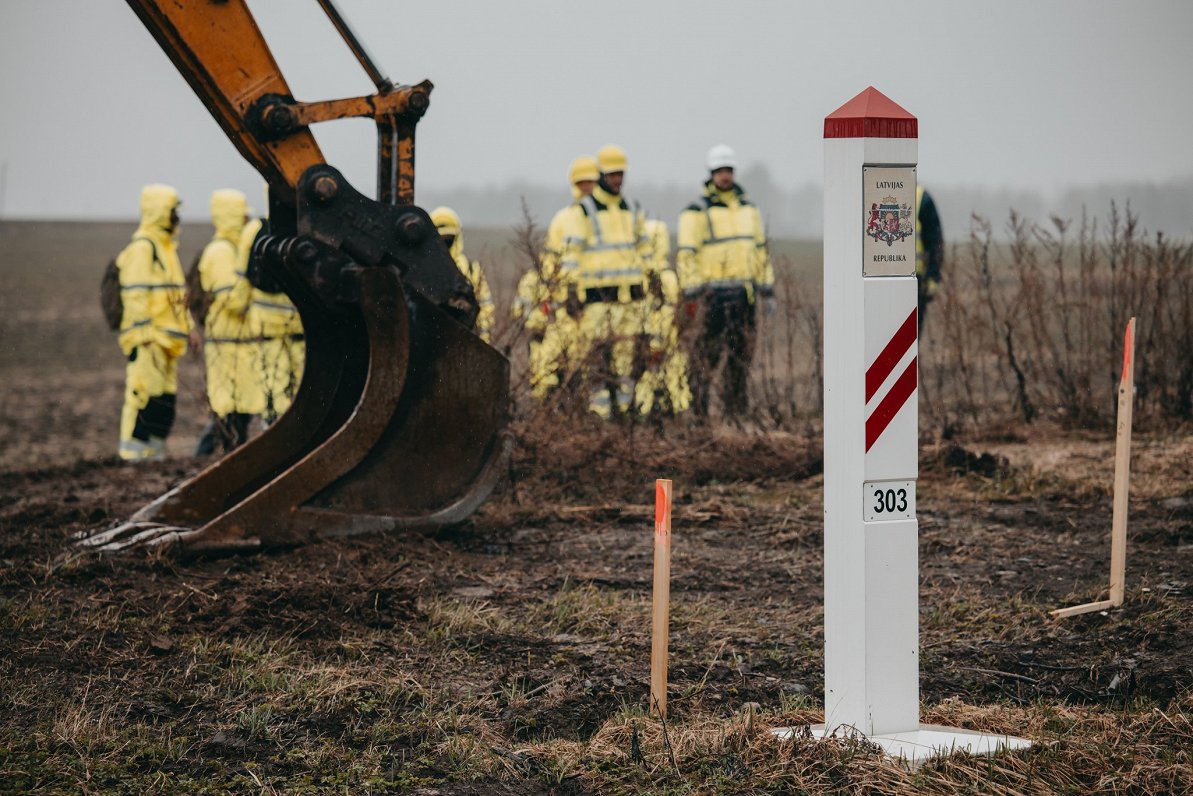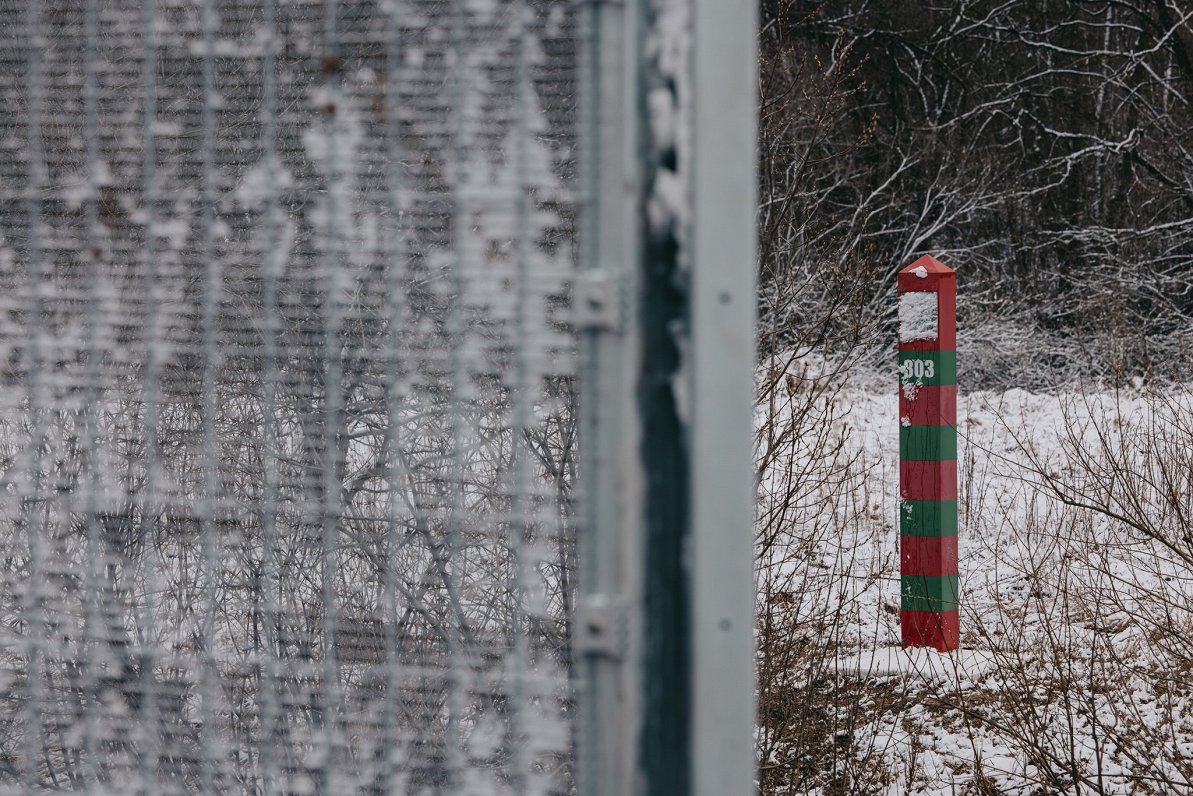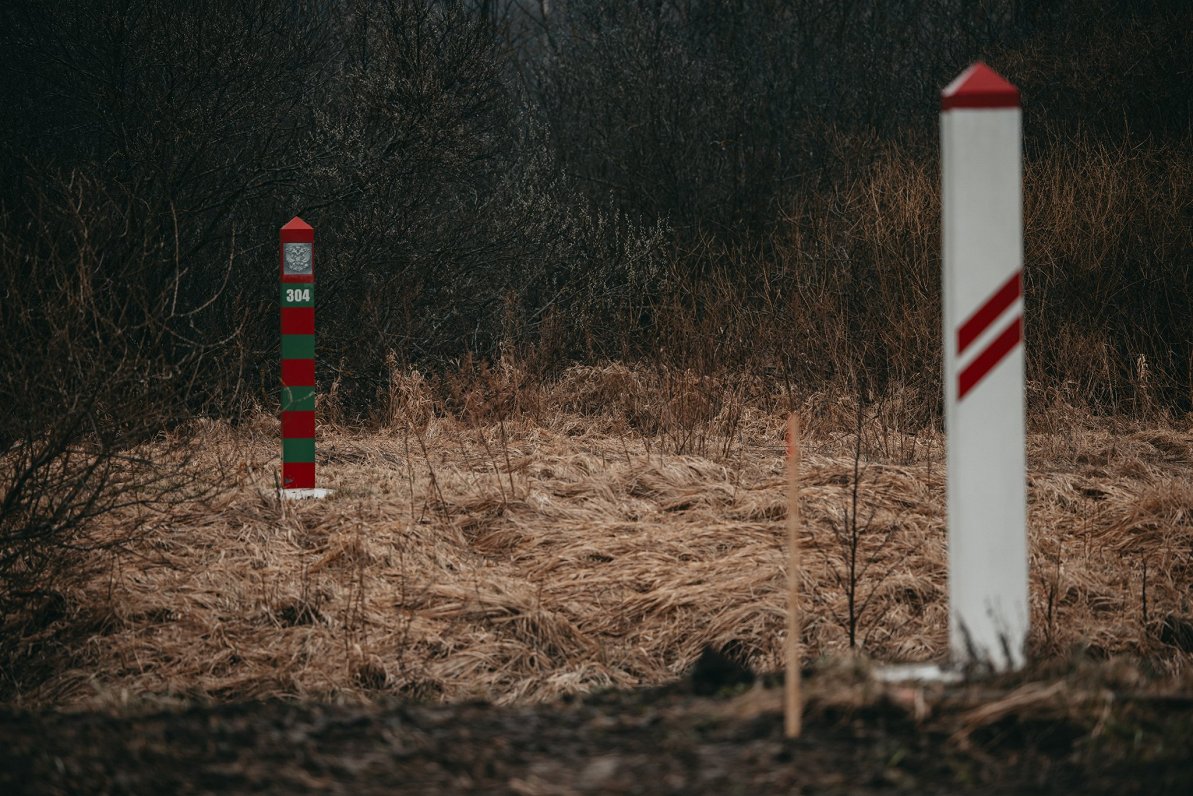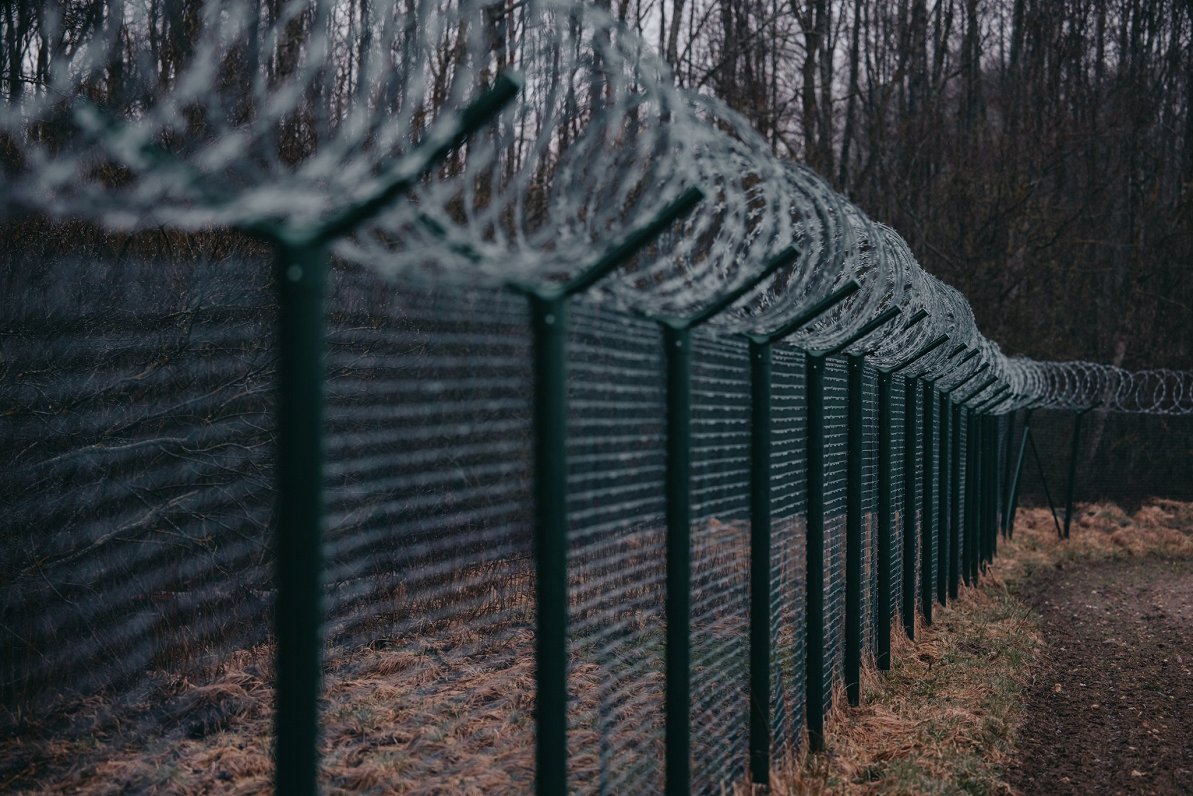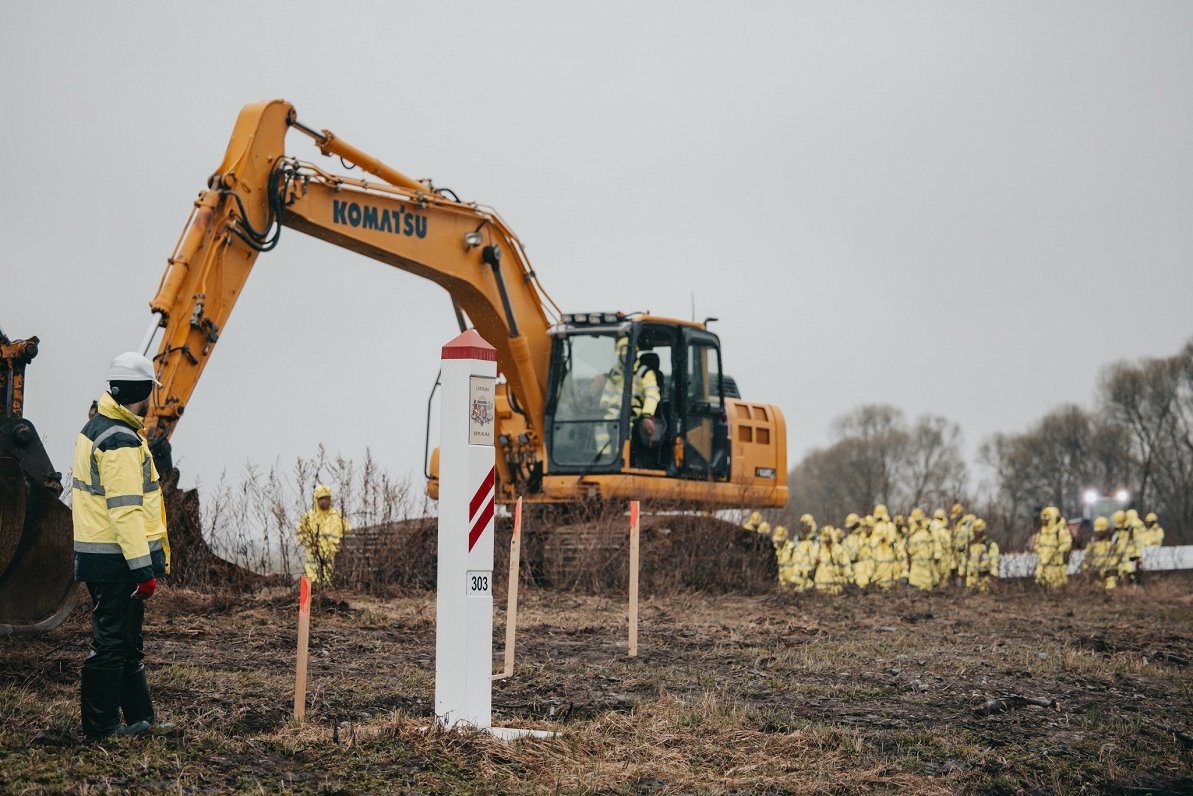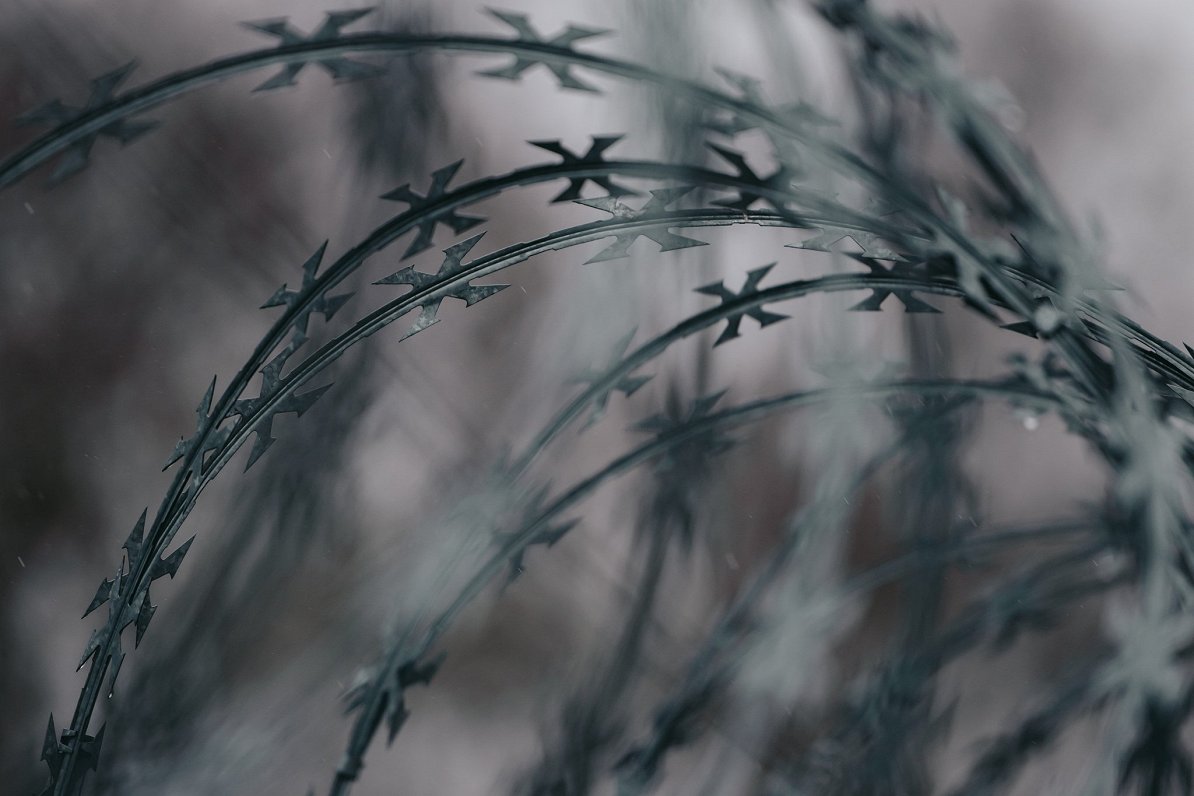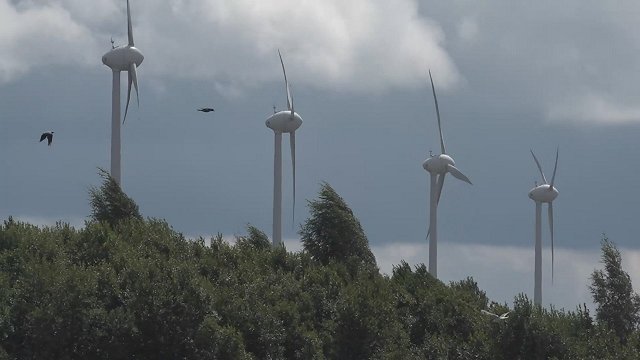The Latvian-Russian border is 283.6 kilometers long. Work on the fence started at the end of 2015, but was halted in 2019 due to a criminal case against the contractor, Road Construction Company Igate, for large-scale fraud committed during the construction process. The indictment states that the objects to be built were replaced with cheaper ones during construction, including the cheaper fence itself. The case also includes charges of aiding and abetting fraud against persons in charge of the State Border Guard and a construction supervisor.
Almost 100 kilometers of fence and most of the border infrastructure - patrol tracks, footbridges, and culverts - were built on the Latvian-Russian border by 2019. Since last summer, the continuation and supervision of these works has been entrusted to State Real Estate (VNĪ), which is already doing similar works on the Latvian-Belarusian border. In addition to the cooperation with the NBS, 14 contracts have been concluded with six contractors for the construction of the fence on the Russian border. The priority is to complete the already built infrastructure and to build the fence in the sections where it does not exist yet.
Currently, between 50 and 90 soldiers and service staff from different regions of Latvia are involved daily in the construction of the 20-kilometer-long section, which is planned to be completed within four months.
So far, 2.5 kilometers of fence have been built.
Local farmer has concerns
This year, only the priority sections will be fenced, while the particularly difficult sections, around 30 kilometers in length, will continue next year.
Latvian Radio spoke to someone who knows the place well – Guntars Bartkevičs, a farmer. He is skeptical of the fact that infrastructure of national importance is built by soldiers.
He observes that the soldiers are young and inexperienced, which may not be conducive to the efficient use of the country's resources - "I don't want to throw a stone in anyone's garden, but we see it on the field too and sometimes it seems that there are too many people".
Bartkevičs, who manages several thousand hectares of land in the border area, is also concerned about another major problem with the fence - beavers. The fence will now block off the river, where beavers often make dams.
"If, for example, some beavers closed the river, we coordinated with the border guard - the border guard allowed us to clear the beaver dams. Now, if there is a fence, even with a permit, I simply will not be physically able to reach it with an excavator," the farmer said, explaining that this could endanger his crops.
Previous fence to be audited
Along with construction work, an audit of the fence already built will be carried out. The previous fence, built in lower-risk circumstances, is less of a physical barrier and more of a psychological one, according to the Balvi Municipality Chairman Sergejs Maksimovs. He said that it's visible from afar how different the current one and the old one are.
Nine years ago, the cost of the Latvian-Russian border infrastructure and fence was estimated at €17 million, but today the cost of the fence alone has almost doubled.
VNĪ estimates that the cost could reach almost EUR 150 million. The most expensive is the solution of pontoons in the very many marshy areas of the border.
In parallel with the construction of the fence and infrastructure of the easternmost Latvian, EU and NATO border, the military reinforcement of the border and the implementation of the anti-mobility plan have also started. This is part of the establishment of the Baltic Defense Line, which will include the creation of support points for NBS units along the entire Russian-Belarusian border - defensive positions for soldiers and fortified defensive positions, various obstacles, anti-tank ditches, ammunition, and mine depots.
Over the next five years, the defense industry will invest €303 million in these measures.
